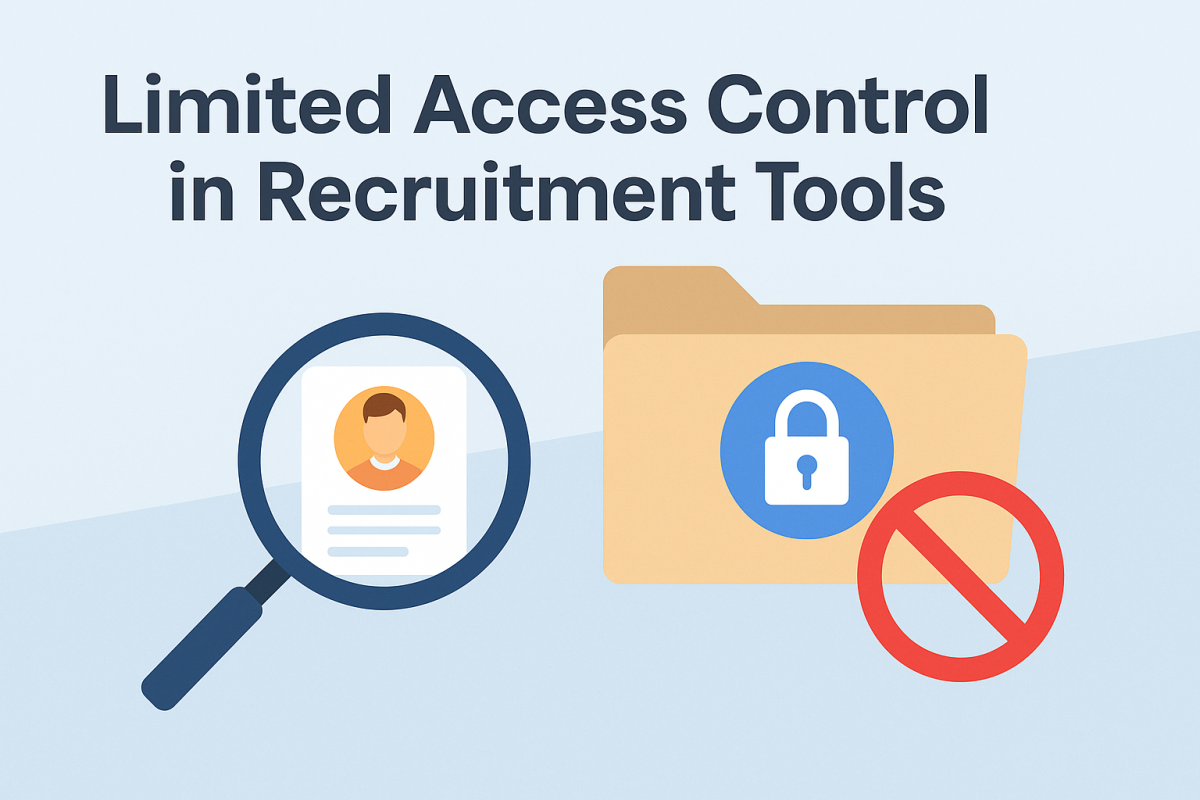Poor access control in recruitment tools creates bottlenecks, risks privacy, and slows hiring. Discover how smarter visibility improves the process.
Table of Contents
Picture this: a hiring manager logs into your ATS to check on a candidate. Instead of seeing just their department’s applicants, they’re suddenly browsing through every pending hire across the company—sales, marketing, operations, even executives. If you’re struggling with hiring delays, miscommunication, or candidate data privacy concerns, you might be overlooking a simple cause: limited access control in recruitment tools.
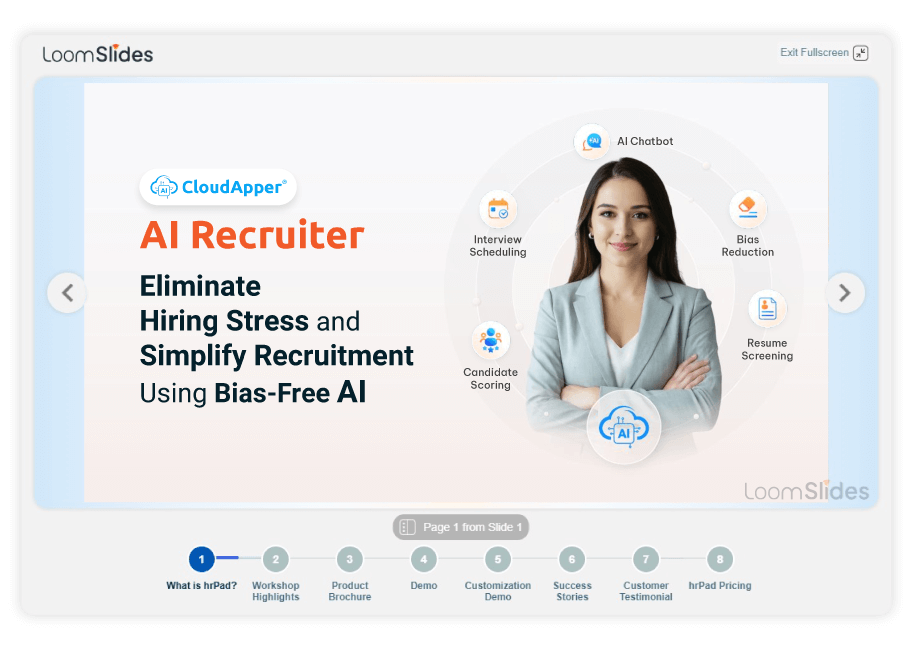
For more information on CloudApper AI Recruiter visit our page here.
In an era where privacy matters and efficiency is king, this scenario is more common than you’d think. And it’s not just awkward—it’s a recruitment compliance and productivity problem waiting to happen.
Why Limited Access Control Is a Bigger Deal Than Most Realize
In many recruiting systems, access control is binary. Either a user has full visibility or none at all. There’s often no way to fine-tune permissions based on department, role, or workflow step. That might sound like a minor limitation—but when you’re managing hundreds of candidates across different roles and teams, it creates serious friction.
Common Real-World Problems
-
Overexposure of Sensitive Candidate Data
Hiring managers in one department may inadvertently see compensation details, interview notes, or background check results for candidates outside their scope. That’s not just inappropriate—it could violate internal policies or data protection regulations. -
Internal Candidate Discomfort
When someone inside the company applies for a new role, they don’t want the entire leadership team browsing their resume or internal reviews. Limited access control can lead to loss of trust and candidate hesitancy. -
Manager Overwhelm
Instead of seeing only relevant applicants, managers are often forced to sift through a sea of resumes that have nothing to do with their open position. This slows decision-making and creates confusion about who is responsible for what. -
Recruiter Bottlenecks
Without smart access delegation, recruiters become the go-between for everything—scheduling, feedback collection, status updates. Because managers can’t view just “their” candidates, recruiters end up fielding avoidable requests all day. -
Audit and Recruitment Compliance Challenges
Want to check who accessed a candidate’s file and when? Good luck. Many systems don’t provide that level of granularity—or if they do, it’s buried deep in logs that only IT can access.
Where the Real Gap Lies
This isn’t about flashy AI features or integrations—it’s about operational trust and control. For recruiters to collaborate efficiently with hiring managers, and for candidates to feel safe in the process, systems must provide more than just access—they must offer the right access.
Unfortunately, most legacy tools weren’t built with today’s distributed, fast-paced recruiting environments in mind. Access roles are rigid. Workflows can’t adapt easily. And customization often requires a developer—or worse, a support ticket that takes weeks.
What Recruiters Are Saying
These aren’t just technical frustrations—they’re daily realities for recruiting teams:
“We use a well-known ATS and had to disable hiring manager access entirely because there was no way to limit what they could see. It’s either full control or nothing. That’s not workable for a team of 20+ managers.” — Operations Talent Lead, Mid-Market Tech Company
“When a senior leader asked why another manager could see their shortlist, I realized we had a privacy issue. We weren’t just inefficient—we were exposed.” — HR Manager, Retail Industry
A Shift Toward Smarter Access
Modern recruiting doesn’t just demand automation. It demands contextual control.
-
Hiring managers should be able to view and act on just their open roles.
-
Recruiters should assign task-specific access—like reviewing resumes, without seeing compensation.
-
Internal mobility workflows should protect candidate privacy without disrupting HR visibility.
Some emerging tools are beginning to tackle this—not with sweeping overhauls, but by adding modular access permissions and role-based visibility layers that adapt to how real teams operate.
CloudApper AI Recruiter is one such solution we’ve seen gaining traction useing AI not just for screening or matching, but for orchestrating candidate visibility and access. By assigning smart roles and triggering access based on workflow stages (e.g., “view-only after screening complete”), it ensures collaboration without overexposure. While it’s still early days, these AI-enhanced controls hint at a future where compliance and productivity can coexist.
The Bottom Line
Limited Access Control in recruitment tools may seem like a backend issue—but it impacts every touchpoint of the hiring process. From candidate privacy to recruiter workload and hiring manager efficiency, who sees what and when is no longer just an IT checkbox—it’s a strategic imperative.
Recruiting doesn’t happen in a vacuum. It involves people, context, and timing. And if your system can’t handle the nuance of visibility, Explore CloudApper’s recruitment solutions to learn more. to learn more.
What is CloudApper AI Platform?
CloudApper AI is an advanced platform that enables organizations to integrate AI into their existing enterprise systems effortlessly, without the need for technical expertise, costly development, or upgrading the underlying infrastructure. By transforming legacy systems into AI-capable solutions, CloudApper allows companies to harness the power of Generative AI quickly and efficiently. This approach has been successfully implemented with leading systems like UKG, Workday, Oracle, Paradox, Amazon AWS Bedrock and can be applied across various industries, helping businesses enhance productivity, automate processes, and gain deeper insights without the usual complexities. With CloudApper AI, you can start experiencing the transformative benefits of AI today. Learn More
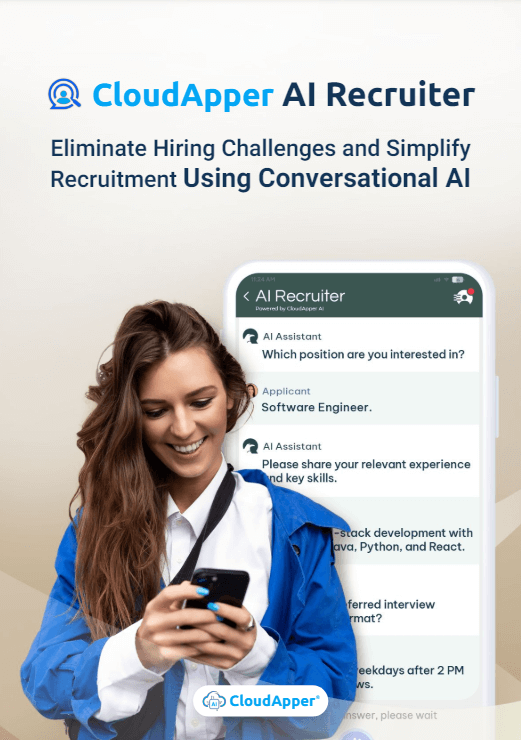
CloudApper AI Solutions for HR
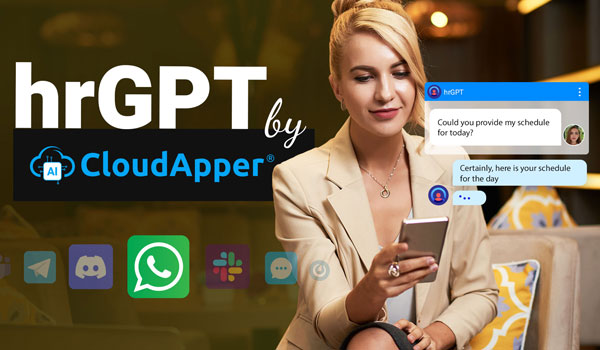
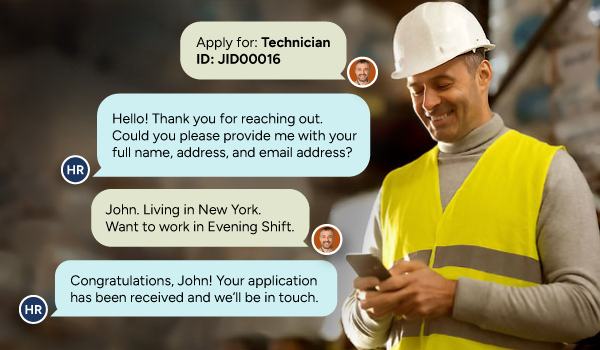

- Works with
- and more.
Similar Posts
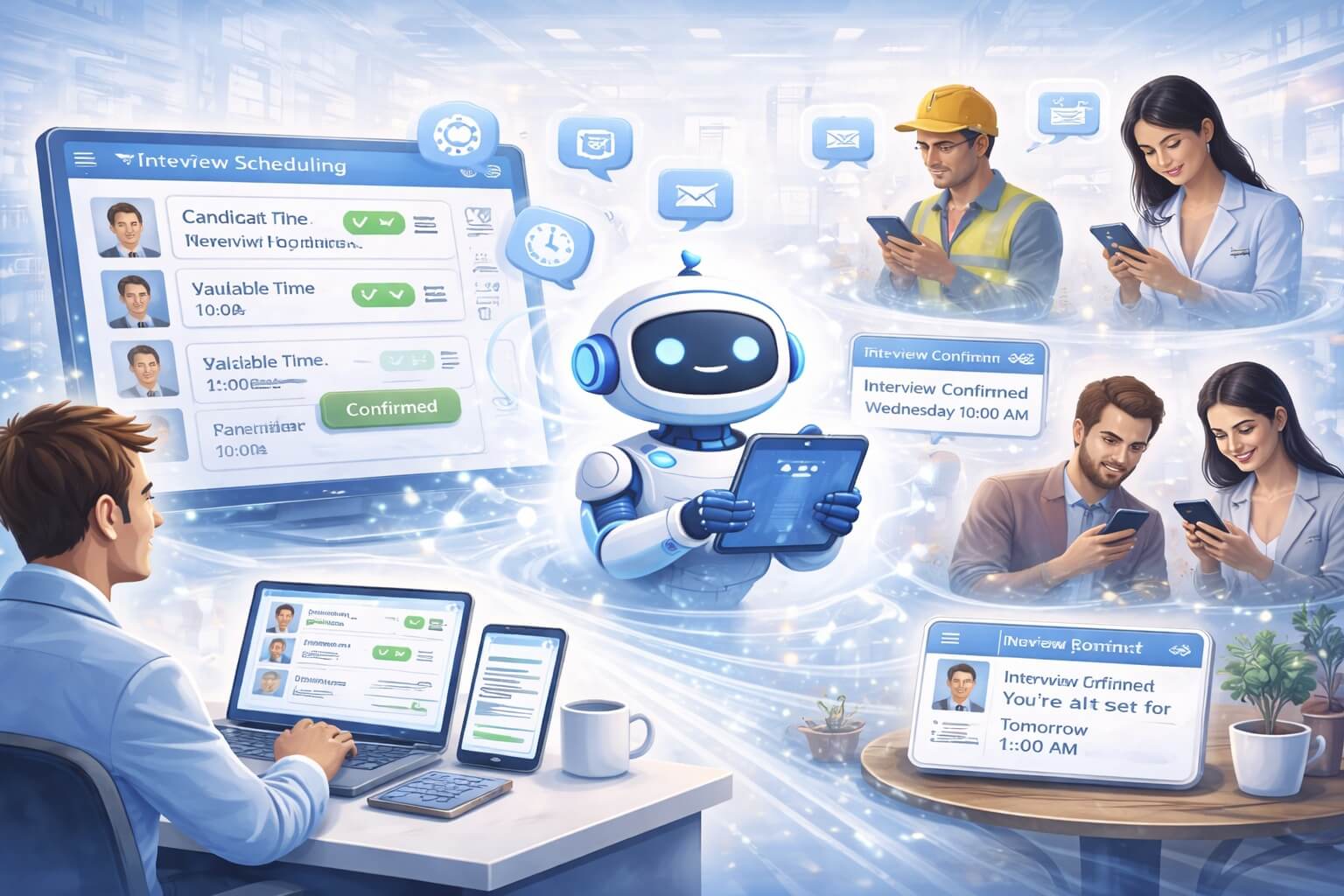
Stop Manually Scheduling Interviews: Automating Workday Coordination
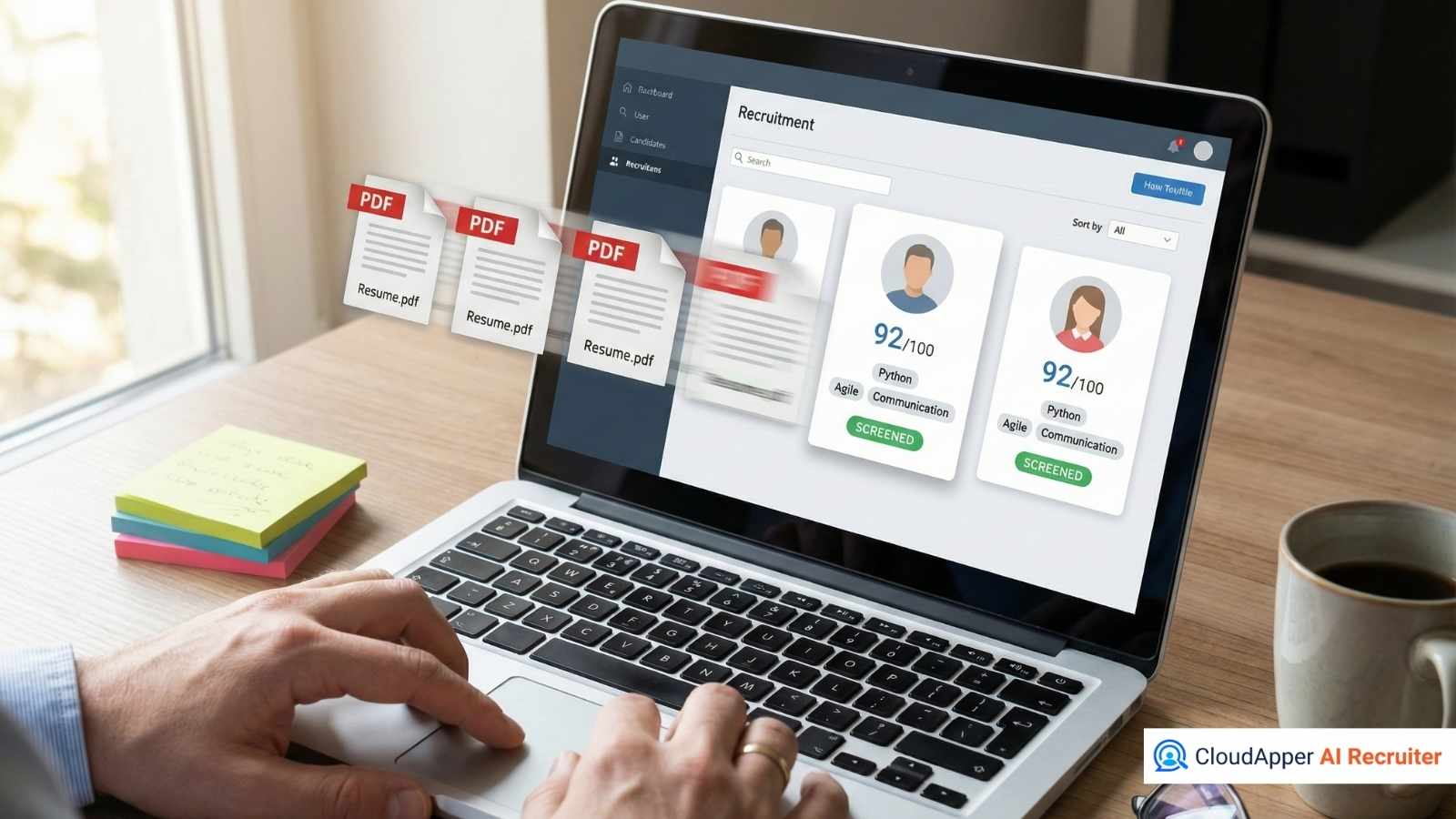
How to Shorten Time-to-Screen for High-Volume Roles

